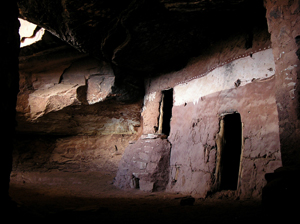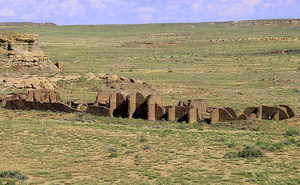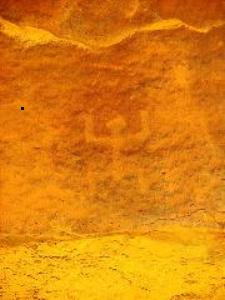The *Complete* Story on the US INCITS Vote
I headed in to town from the desert this afternoon to gas up and get groceries, and to catch up on all things ODF/OOXML. In scanning my Google Alerts, I ran into this posting by Microsoft's Jason Matusow, himself just in from vacation. In that post, Jason writes as follows:
Even though there were early predictions of doom for Open XML from Andy Updegrove and Rob Weir (and others), the US vote is likely to be either a “Yes with comments” or “Abstain” – not a ”No” vote. While the parties opposed to ISO adoption of Open XML have gone quiet on the US vote in the blogosphere, I think it is worth taking a close look at this key vote. In order to clarify my opinion – here are the details as I understand them.
Well, it's hard to take a vacation, isn't it? Not only is it styled as "going quiet," but it offers an opportunity for others to present only part of the story. While much of what Jason writes is accurate, it's curious what he leaves out - including the fact that not one ballot, but two, have been circulated to the INCITS Executive Board for simultaneous voting. According to Jason's blog entry again:
By the end of the meeting enough of those who originally cast a “No” vote indicated likely support for a second “Yes with Comments” ballot to begin on Thursday August 16. Thus, the ballot will move to the next phase as “Yes with Comments” heading into a Resolution Meeting on August 29. At that meeting, if Open XML gets 10 supporting votes, the US position on Open XML will be “Yes with Comments.” If it does not get the 10 needed votes, the EB is being asked to consider “Abstain with Comments” as its fall-back position. At this point, it seems a “No with Comments” is off the table.
To read that, you would assume that there is a single ballot under consideration. Curiously enough, there are two ballots that have been distributed, on an equal voting, and either - or neither - may be approved. One ballot is to approve with comments, and one to abstain with comments. Here, then, is the whole story, as given to me during a lengthy phone call with someone who attended the meeting, as well as the schedule and possible outcomes during the time remaining before the opportunity to submit a US position expires.
 I hadn't thought about it before I reached Utah, but once I neared the border I knew where I wanted to hike first when I arrived. Six years ago, I took a month-long, solo cross-country trip to hike and write in the Southwest. Then, as now, what I wanted to see most was Spirit House.
I hadn't thought about it before I reached Utah, but once I neared the border I knew where I wanted to hike first when I arrived. Six years ago, I took a month-long, solo cross-country trip to hike and write in the Southwest. Then, as now, what I wanted to see most was Spirit House. I did not visit the ruins of
I did not visit the ruins of  When you think of spectacular Native American ruins, you're likely to first envision the magnificent cliff houses of Mesa Verde, and their cousins in the Four Corners region of the Southwest. But there are less-well known and equally dramatic sites that can be found near the intersection of Utah, Colorado, Arizona and New Mexico, with the grandest to be found in and near Chaco Canyon.
When you think of spectacular Native American ruins, you're likely to first envision the magnificent cliff houses of Mesa Verde, and their cousins in the Four Corners region of the Southwest. But there are less-well known and equally dramatic sites that can be found near the intersection of Utah, Colorado, Arizona and New Mexico, with the grandest to be found in and near Chaco Canyon.